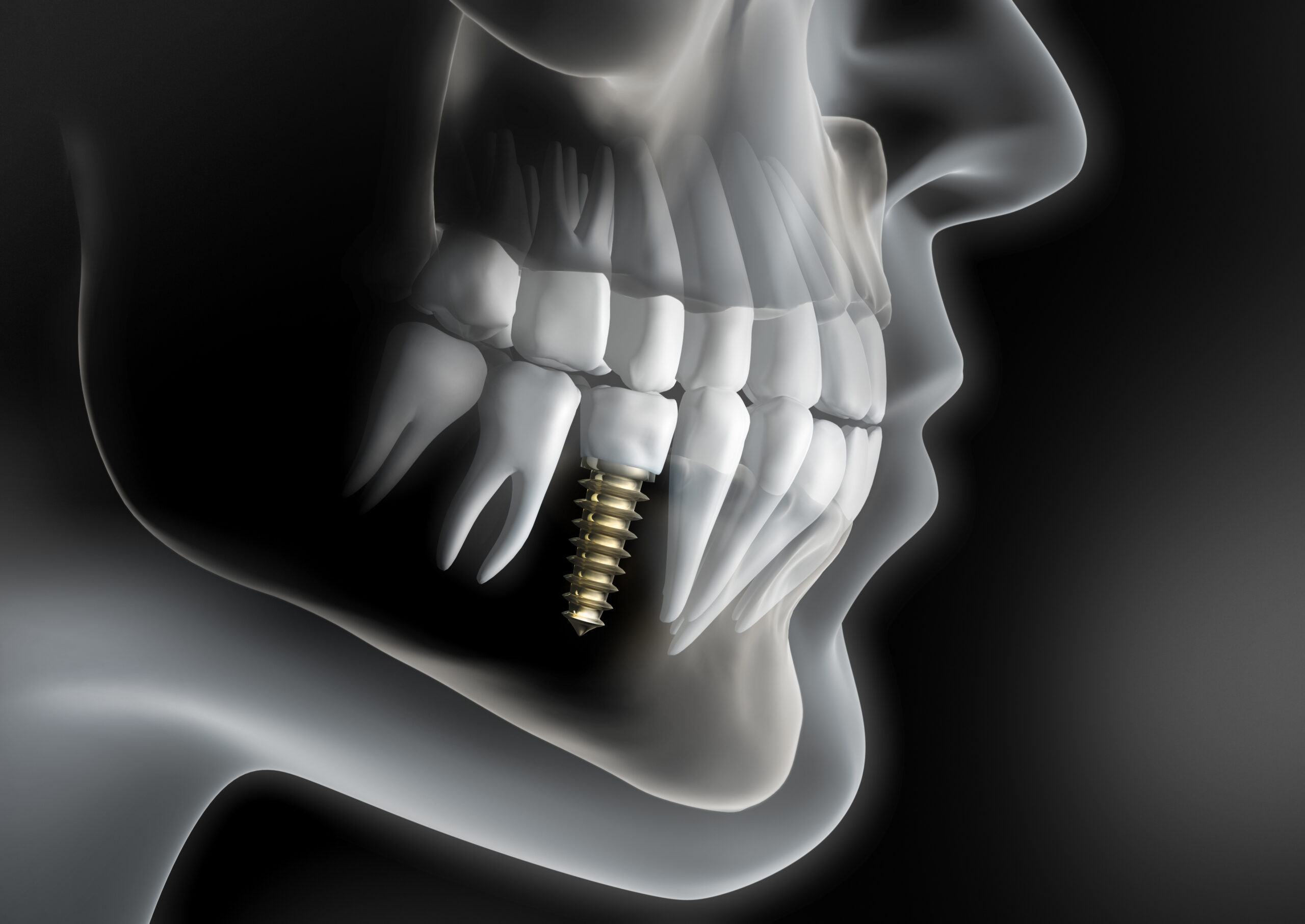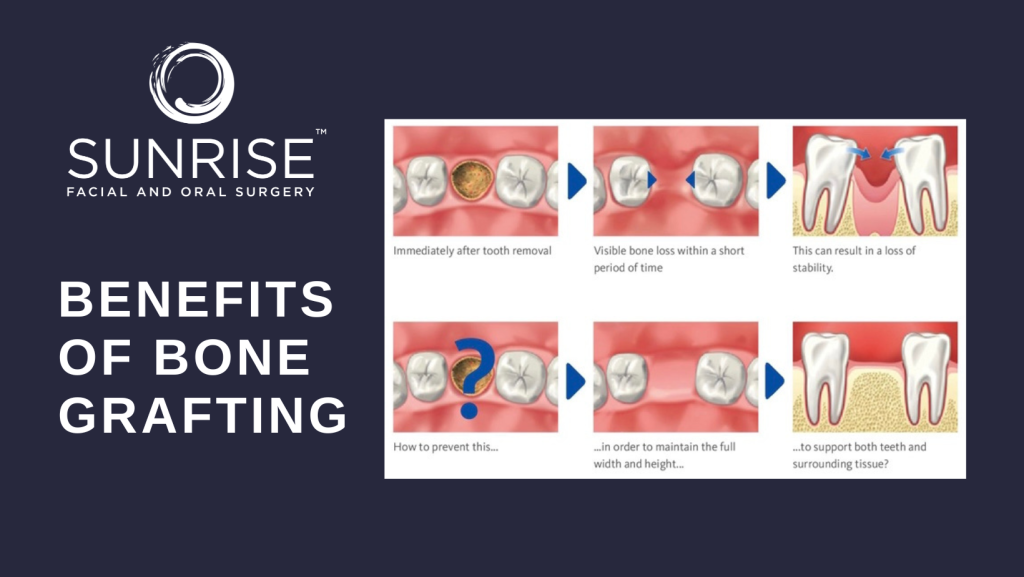This Article Has Been Medically Approved By



While some people may be able to plan for a dental implant surgery after a consultation, others may be told they have to wait until they undergo a procedure known as a bone graft.
What Is Bone Grafting?
Bone grafting, which is sometimes called bone augmentation, is a specialized surgical procedure that is designed to alter or change the existing bone in your jaw. This specialized surgical procedure will strengthen and thicken the existing bone in the jaw so it is better prepared for dental implants.
Why Is A Bone Graft Needed Before Dental Implants?
In order for dental implants to be successful, they must be implanted in bone that is strong and sturdy. The bone must also be thick enough to provide ample support for the small titanium post that serves as the base for the implant. If your oral surgeon believes that there isn’t enough bone to support a dental implant, or that the bone has been weakened, a bone graft is necessary.
Why Does Bone In The Jaw Weaken Or Lose Density?
There are three reasons why bone in the jaw loses so much density and strength that it cannot support a dental implant. Those reasons are genetics, previous health issues, and resorption.
Some people are just born with weaker, less dense bone in their jaw. Their genetics caused the bone to be weak or not grow to a thickness that can support a dental implant.
Previous health issues are another cause of bone loss or weakening that people have no control over. Some health problems, such as autoimmune diseases, cancer, vitamin deficiencies, and osteoarthritis, can cause bones to weaken over time. The bones can become so weak that they are unable to successfully adapt to a dental implant.
Resorption is probably the most common cause of bone loss in the jaw. It occurs during the loss of your natural teeth. Your natural teeth are designed to provide support and stability to the bone in your jaw. If you lose your natural teeth, the body slowly starts to break down the bone in your jaw. When this happens, it results in gradual weakening and loss of density of the jawbone.
Quickly Seeking Treatment For Tooth Loss May Prevent The Need For A Bone Graft
Just a year after losing a tooth, your body can cause your jawbone to lose approximately 25% of its density. Even years after the loss of a tooth, the body will continue to break down the bone in your jaw in the area where the tooth was located.
The best way to possibly avoid a bone graft is to seek treatment for tooth loss as soon as possible. There are several different types of dental and oral surgery procedures that can completely prevent or slow down the amount of resorption that occurs after the loss of a tooth.
If you wait to seek treatment for tooth loss, the bone in the jaw may be too weak or not dense enough to support a dental implant. The only option available to you will be to undergo a bone grafting procedure before you get dental implants.
How Does An Oral and Maxillofacial Surgeon Know If A Bone Graft is Necessary?
Before you get dental implants, you must first schedule an appointment for a consultation. X-rays and other digital images will be taken during this appointment. The information obtained from these images will help your oral surgeon determine the density of your jawbone. Once the density is determined, your oral surgeon can discuss with you what will need to be done in order for you to get dental implants.
Thinking of getting dental implants? We can help you schedule an oral surgery consultation to explore if you are a good candidate for dental implants or a bone graft procedure.



